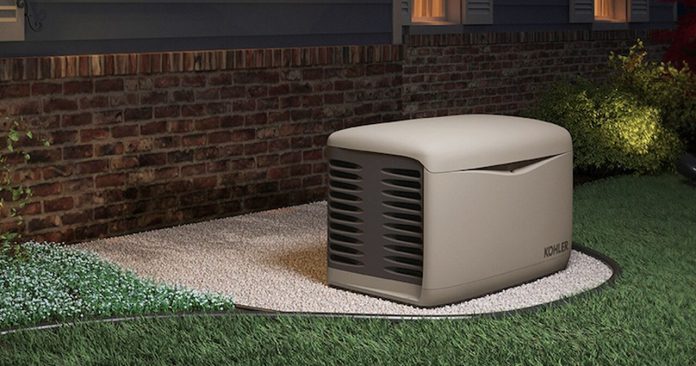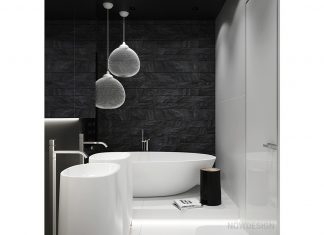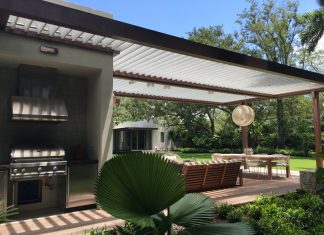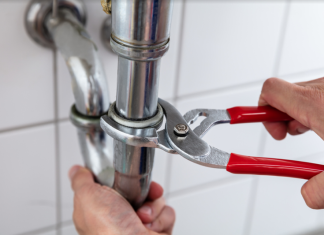Using a generator for the home is not a problem. In fact, there are many benefits you will get from using a generator, such as turning on electricity when the power goes out. So, the function of the generator is as a source of temporary electricity when the electricity is out.
As an item that is rarely used in homes, many people do not know how to install a generator.
Knowing the step in installing the generator is very important. Because wrong generator installation can have fatal consequences. So, in this article, we have provided Important Steps in Installing Generator at Home that you can follow. So, let’s check it out!
1. Hire An Installer
For beginners, it would be nice not to cook the generator yourself. Try to hiring the installer. Usually, you can hire the installer from the shop where you bought the generator.
Besides that, besides being safer, hiring an installer will also make you focus on doing your activities. You can use the available time to work or take care of permits.
2. Choose The Right Location to Place The Generator
The use of generators is indeed quite difficult and complicated. There are several things that must be considered and one of them is the location. Being a very important item, the generator must be placed in the right location.
There are several right locations to place the generator:
- A location close to a power source or fuel.
- A location that is not close to doors, windows, and water sources.
- An accessible location.
- Clean on all sides.
- In accordance with the code.
The generator must be connected to the transfer switch. There are three-part positions:
- Above: for electricity from the State Electricity Company.
- Middle: is the neutral position, meaning that there is no electric current flowing into the house.
- Bottom: for the flow of electricity from the generator.
3. Ensure That The Generator Installation Permit (Licensing) for The House Has Been Obtained
In installing a generator at home, it is not arbitrary. There are several permissions (licensing) that you must take care of so that the generator can be installed. However, you do not need to worry because usually the dealer where you buy the generator can help you in taking care of licensing. So that this step won’t feel too heavy.
4. Make A Concrete Pad to Place The Generator
We can’t manage the seasons. Sometimes there are days when it rains continuously and creates puddles around the house.
As previously explained, the generator must be kept away from water sources. So, you have to make sure that the generator is safe from standing water during the rainy season.
You can make a concrete pad to hold the generator. This will make the generator much safer.
5. Connect the Generator to a Power Source
After putting the generator on the concrete pad, it’s time to connect the generator to the power source. To connect the generator to a power source, a transfer switch is needed. And at this step, make sure that you are doing the plumber or electrician. This is the most important and most fatal step.
After your generator is connected, you can clean the dirt on the generator. You can also close the generator to keep it safe, and of course, it must be adapted to the season and climate in your area.
6. Inspecting The Whole of The Generator
The final stage is to ensure that the generator is installed properly. Looks at the generator condition where the installer checks all new connections as well as the generator fuel. And it’s time the generator is ready to use.













